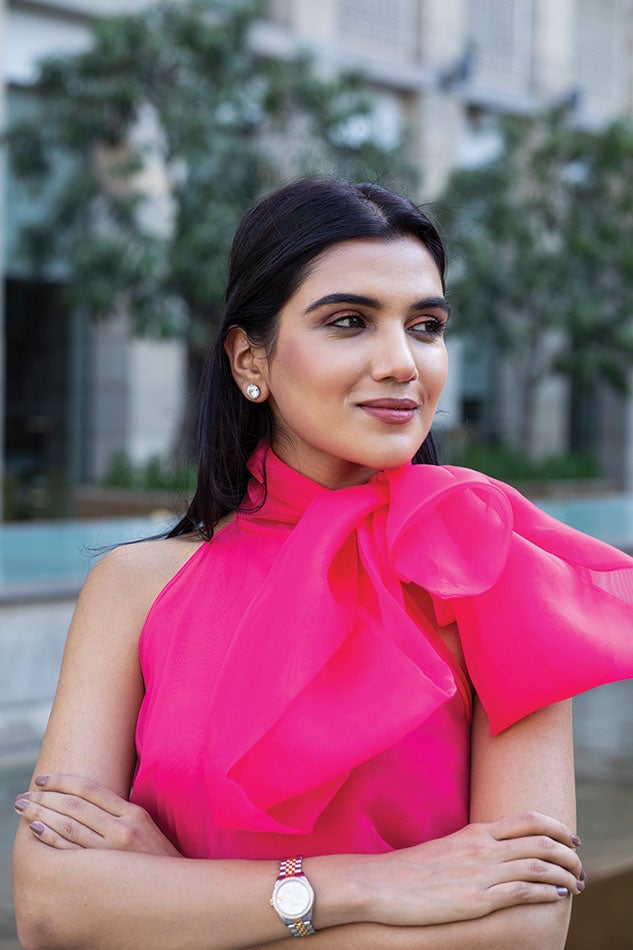Writing Home: Greetings from New Delhi
Tanvi Nagpal '16 embraces the chaos and beauty of Indian cities.
It’s 6 p.m. My colleague picks me up from a meeting at the Ministry of Housing and Urban Affairs, and we head to Old Delhi to see a friend’s photography exhibition. First, we drive through the tree-lined streets of colonial Lutyens’ Delhi. For a moment, I’m taken back to my daily walk to Rice’s campus from my apartment — until the sound of honking cars and auto-rickshaws brings me back to the present.
Turning onto narrower streets, we’re soon stopped in traffic by a large protest; next, we halt suddenly due to a procession taking place near a temple. The air is filled with the scent of jasmine, and I can hear priests chanting above the ringing bells. As I take a closer look at the artfully decorated Hindu idols, we arrive at one of busiest crossings in the city. I spend the long wait at the red light admiring the sparkling new 400-meter-long skywalk over the junction.
After 45 minutes of negotiating the infamously brutal Delhi traffic, we make it to bustling Chandni Chowk. I meet my friend, who is exhibiting her work at a restored building overlooking Jama Masjid, India’s largest mosque. Making my way home, I glimpse the Red Fort, a Mughal dynasty marvel built in the 1600s, reminding me just how lucky I am to be living in this tempestuous, chaotic and glorious city.

As an architecture major, I had set ideas about a career trajectory. I spent all-nighters at Anderson Hall and dreamed about the first building I would design. Through classes and experiences like working at Project Row Houses, I came to appreciate the immense power and influence of well-designed public spaces. I ended up designing a degree to help me better understand the complex ecosystem of cities.
In 2017, I moved to Bhopal to work for the CEO of Bhopal Smart City. We wrote India’s first “placemaking guidelines.” These guidelines encourage cities to reclaim wasted or overlooked spaces. Seeing previously littered and obscured corners transform into vibrant hubs for city life encourages my passion for people-centered development.
As a professional woman in India, I have also had my share of low points. I work hard to be taken seriously by contractors and site workers, many of whom are not accustomed to instructions from females. With my intermediate understanding of local dialects, there are often communication gaps.
Today, I am based in New Delhi and work throughout India as an urban development consultant. I love the plurality of experiences that my profession and travels allow me to have. My life has not gone as my freshman self planned it, but it has been an incredible adventure that continues to challenge and surprise me at every street turn.
— Tanvi Nagpal '16
